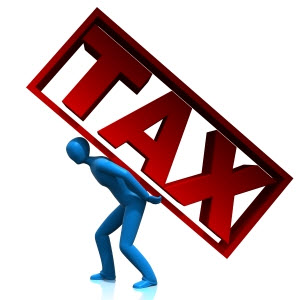
How to Apply the Exclusions
As mentioned above, if a client qualifies for one of the five exceptions you should apply that exception first. If there is still possible CODI after the exceptions are applied, then you should work your way through the exclusions in order until you reach the end of the exclusions or the end of the CODI, whichever comes first. We will work a comprehensive example at the end of the text that shows this theory at work.
All of the exclusions are documented on the Form 982 in one way or another. There is also an IRS provided insolvency worksheet for use in determining that exclusion. Some of the exclusions require you to reduce your Tax Attributes. We will define and discuss this Read More
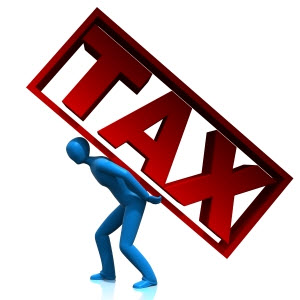
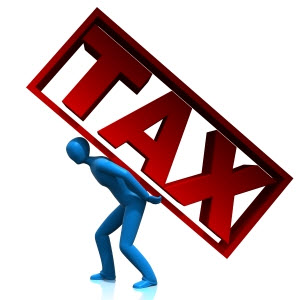
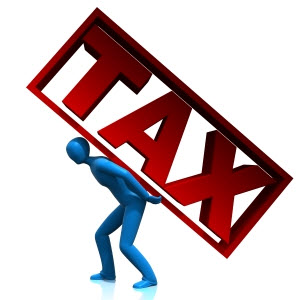

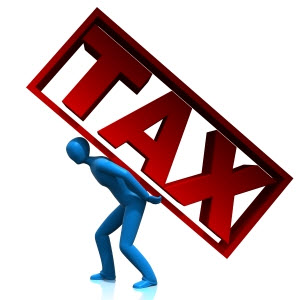
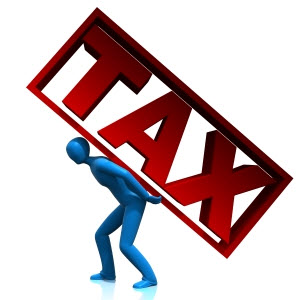


















Recent Comments